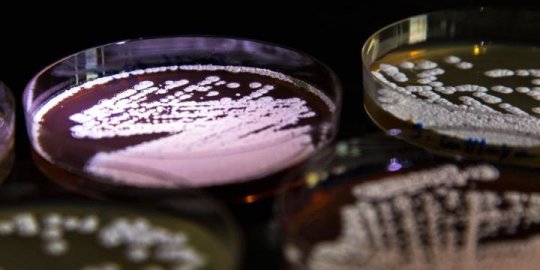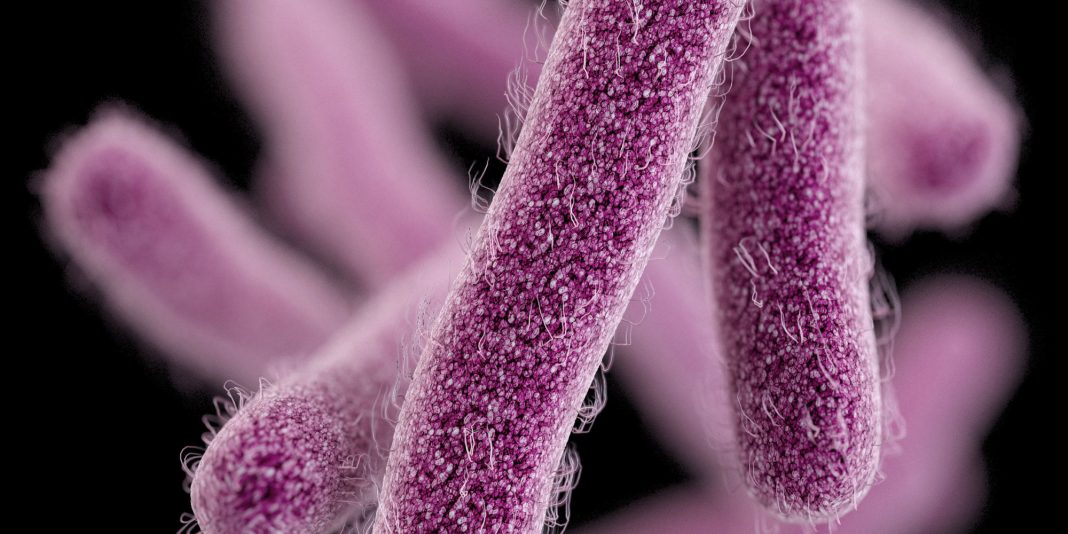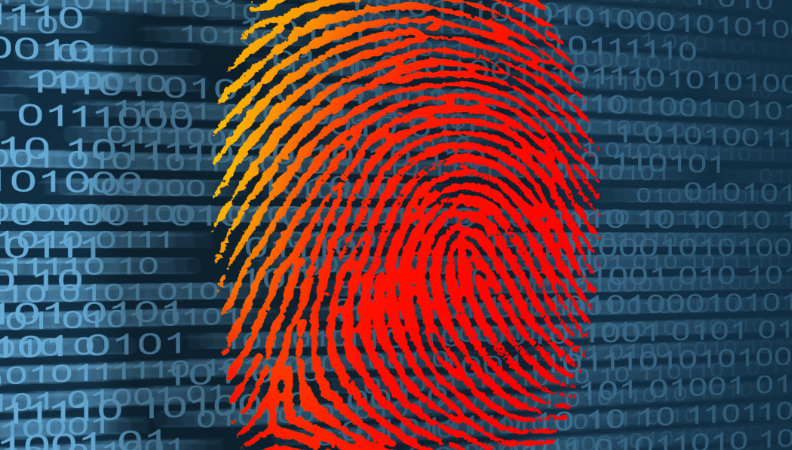To better fight resistant bacteria, researchers have been looking for the original source of the antibacterial genes. Additionally, scientists work to know how these pathogens acquired the genes tracing back through its genetic history to the first instance or resistance, the way infectious disease doctors seek out patient zero in a viral outbreak — not a simple procedure.
For three decades, researchers have thought that the genes for resistance originated with the actual microorganisms responsible for producing the antibiotic in the first place. However, there has been no evidence to prove the hypothesis or explain the mechanism behind the gene replication.
Recently, The Novo Nordisk Foundation Center for Biosustainability, also called DTU Biosustain, from the Technical University of Denmark, have performed research that substantiates the long-held theory. Super bug genetic resistance comes from the antibiotics themselves, an assortment of soil microorganisms known as Actinobacteria.
The results of their efforts, published in Nature Communications, shows that many of the resistant genes found in gram-negative pathogens were comparable to those in Actinobacteria. Gram-negative pathogens, or disease-causing microbes, are a large part of many different species of bacteria, including Pseudomonas — the cause behind urinary tract and lung infections. In some cases, the genes were exact copies, 100% identical between the pathogens and Actinobacteria. Unfortunately, upwards of 75% of antibiotics in current usage are made by Actinobacteria and have lost potency due to this DNA sharing.
“It has been suspected that pathogens can obtain resistance genes from Actinobacteria for half a century. So now with the 100 % identical genes, we find the smoking gun,” says Xinglin Jiang, a post-doctoral student from DTU Biosustain.

Perhaps the greatest challenge to understanding how this was possible, is figuring how genes from Actinobacteria could be acquired by pathogens when the microorganisms are unrelated and entirely different from one another. However, the close study revealed a form of primitive “sex” where the disease-carrying microbes obtain the resistance genes after the death of the Actinobacterium via a process called “carry-back,” similar to horizontal gene transfer.
Carry back occurs when Actinobacteria and pathogens come in contact with each other, either where untreated hospital waste comes in contact with soil or on a farm with livestock. Once the gene is acquired, the newly resistant disease causing microbes go on to imperil human life in the following infections.
Hopefully, understanding the source and method of gaining resistance will aid in preventing the spread of said resistance. Tilmann Weber, the senior researcher at DTU Biosustain, explains:
“We can’t stop this gene transfer, but when you know, which resistance genes pathogens may harbor, you can personalize the antibiotic treatment. Also, with this knowledge, you can try to develop new antibiotics with other properties that the pathogens don’t have a defense against.”
With careful study of the primitive bacterial sex, act scientist was able to follow the previously unknown system of carrying back where pathogens absorbed genes from distantly related bacteria. Briefly, here’s how the action works, according to Science Daily:
1. The disease-causing microorganism injects its DNA into the Actinobacteria. Gram negative bacteria have an ability called conjugation by which bacterial cells can inject their DNA into other cells. This action is often compared to sex because it is usually used to exchange gene information between gram negative bacteria. But sometimes gram negative bacteria can also use this mechanism to inject DNA into distantly related gram positive bacteria like Actinobacteria.
2. Inside the Actinobacteria, the injected DNA recombines with the host’s DNA containing resistance genes. After the Actinobacterium dies, the recombinant DNA is released into the shared environment.
3. Lastly, the injected DNA can act as “gluing DNA” and mediate the uptake of resistance gene back to the pathogens through a phenomenon called natural transformation.
More News to Read











